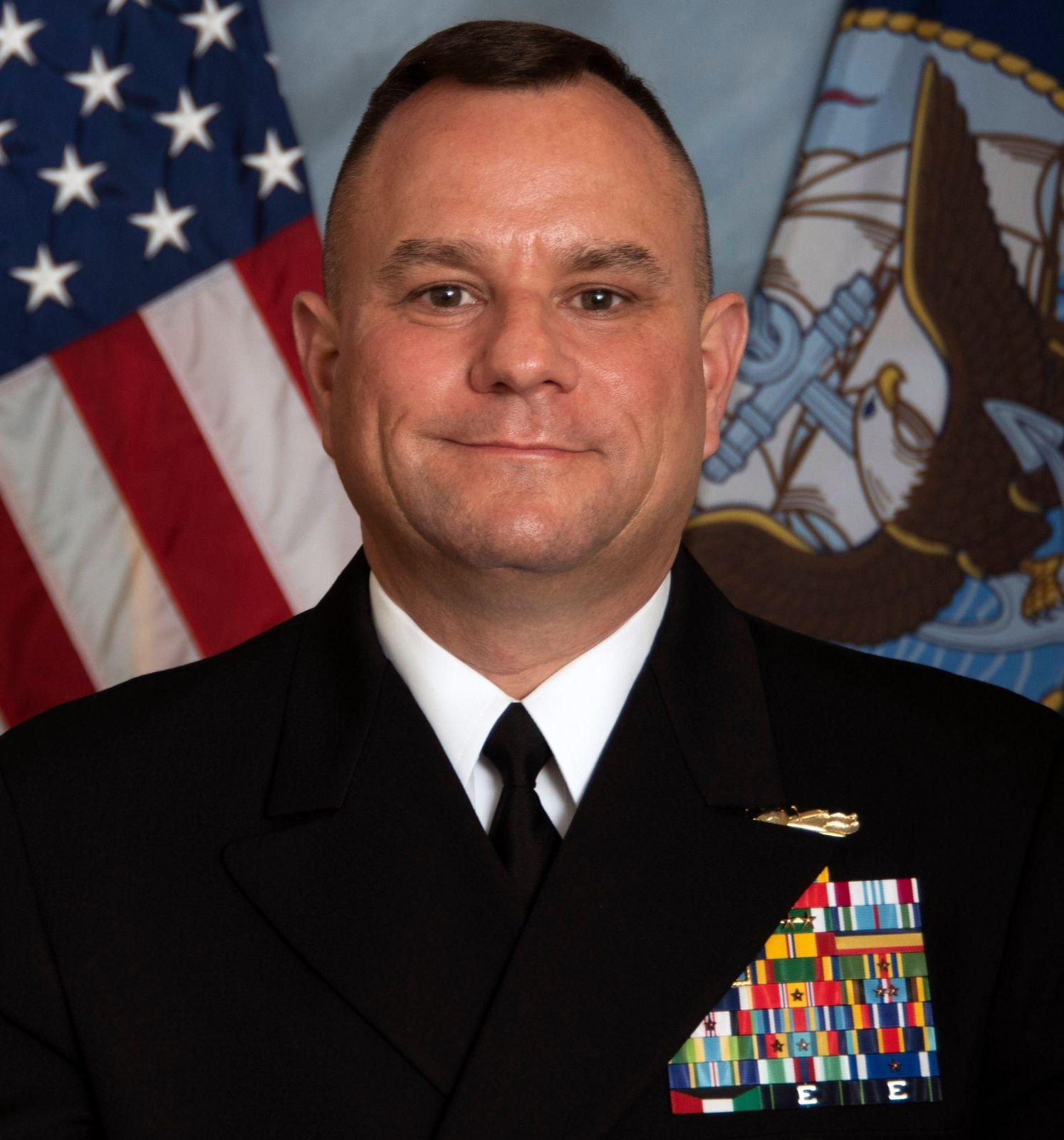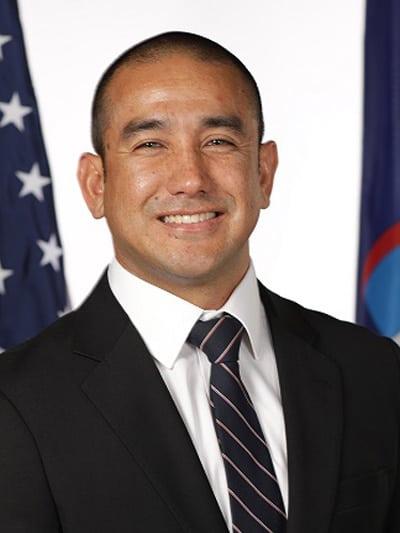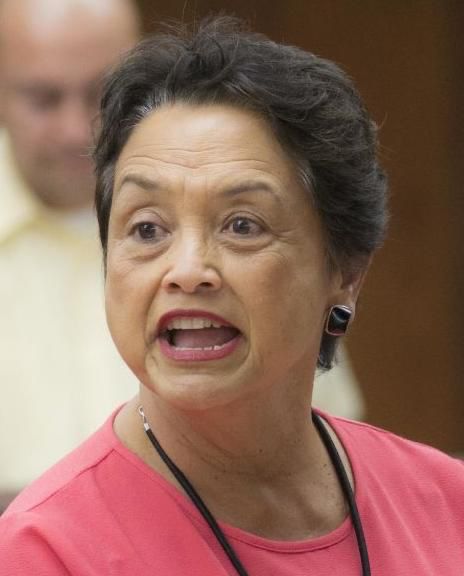GovGuam will be skipping the process of discovering whether there is hazardous waste and unexploded war-era bombs on Mangilao Naval property, where it is rushing to build a billion-dollar hospital.
In a September 9, 2021 email from governor’s office military affairs advisor Vera Topasna to director of land management Joe Borja, Ms. Topasna wrote: “Joe, See latest from [Commander] Perry since I was not able to logon to the meeting this afternoon, wasn’t sure if you got another update. Looks like we may get our license in October if we didn’t get it yet, fingers crossed. We are scheduled for a JRM land meeting mid September for the property. It also appears that we may not need the MEC (UXO) work and the JRM environmental team is reviewing whether or not we need an EIS, they believe the environmental condition of property will more than likely trigger an Environmental Assessment only which is good.”
Kandit received this email among documents disclosed on the land matter from a Freedom of Information Act request we issued last month to the governor’s office.

An MEC (UXO) is a military munitions term referring to unexploded ordnance, or a bomb that hasn’t gone off. Several have been found since World War II throughout the island. Ms. Topasna’s email and the attachment she sent Mr. Borja confirms a rush by the governor to skip over the process of discovering whether any bombs exist on the proposed hospital site, and a federally-required impact study to see if there is other hazard waste there.
The governor, documents show, has been engaging the Navy on a 100-year lease of the property adjacent to Eagles Field for the new hospital, despite the availability and site readiness of property at Oka Point specifically given to GovGuam by the late Frank Perez for that purpose. In a January 15, 2021 letter to the governor, Secretary of the Navy Kenneth Braithwaite informed her of the Navy’s intention to give the property back. According to Guam law, if the property is returned, it is to be deeded to the heirs of the original landowners. There are 18 families who have a claim to these lots.
Rather than accepting a return of the land, the governor is negotiating a lease for it, clearly circumventing the ancestral lands law that requires the return of the property by not having the land quitclaimed to the government of Guam. In every lease of land from the United States to the government of Guam, there is a provision that indemnifies the U.S. government from any liability arising from the discovery of hazard waste. Whether such language is being negotiated into the 100-year hospital lease is not discussed in the documents disclosed to Kandit thus far.
Following the U.S. District Court of Guam’s orders for GovGuam to close the Order Dump and open a new landfill at Layon, GovGuam pursued the Navy for its part in dumping unexploded bombs and other hazard waste in the early days of the Order Dump, which it created following World War II.
The case of the Territory of Guam vs the United States was argued before the Supreme Court of the United States (“SCOTUS”) on April 26, 2021. On May 24, 2021, less than one month after oral arguments, SCOTUS in a unanimous 9-0 decision found that in fact the United States Navy can be held accountable for toxic waste it had knowingly buried at the Ordot Dump.
 Prior to this SCOTUS case, the federal government protected the Navy for years by continually arguing that the statute of limitations prevented Guam from receiving even a penny of hazardous waste clean up costs from the Navy. The Navy never disputed it knowingly dumped various toxic materials at the Ordot Dump including un-exploded munitions, DDT, Agent Orange, unidentified chemicals in drums, and even jeeps. Rather than being accountable for its damaging activities, the Navy instead cleverly hid behind legal argument, and knowingly passed the financial responsibility to the taxpayers of Guam until SCOTUS found otherwise.
Prior to this SCOTUS case, the federal government protected the Navy for years by continually arguing that the statute of limitations prevented Guam from receiving even a penny of hazardous waste clean up costs from the Navy. The Navy never disputed it knowingly dumped various toxic materials at the Ordot Dump including un-exploded munitions, DDT, Agent Orange, unidentified chemicals in drums, and even jeeps. Rather than being accountable for its damaging activities, the Navy instead cleverly hid behind legal argument, and knowingly passed the financial responsibility to the taxpayers of Guam until SCOTUS found otherwise.
This case received not only national attention but international review and was followed by other governments and businesses alleging they were damaged similarly to Guam. One large national news organisation quoted Attorney General Leevin Camacho as saying, “The Navy and the federal government must finally admit to us, the People of Guam, that they contributed to the toxic damage to our environment. We will put our best case forward and seek accountability for their fair share.”
Attorney General Camacho must continue to be applauded and supported in this case since it is not one isolated to dumping of toxic waste at the Ordot Dump, but would apply to the dumping of toxic waste by the Navy any place else on Guam. And we want to point out as well just how much money the Navy continually tried not to pay based on dollar amounts stated in court documents. Territory of Guam court documents filed with SCOTUS include numerous positions, including that ”The Navy wants Guam to pay $160,000,000 … that figure is a staggering sum for the people of Guam, alone comprising nearly a fifth of its total annual budget.”
 After reviewing FOIA documents we received from the governor, it is most appropriate to ask the Navy if there are toxic waste or potentially any toxic waste whatsoever at Eagles Field or the lands surrounding Eagles Field. Three particular documents support the raising of this question to the Navy. But these same documents also raise the question of why the governor is negotiating leasing land for the building of a Healthcare Center of Excellence on lands potentially with toxic waste present? Why would anyone in their right mind even consider developing a new hospital on lands where toxic waste may potentially exist?
After reviewing FOIA documents we received from the governor, it is most appropriate to ask the Navy if there are toxic waste or potentially any toxic waste whatsoever at Eagles Field or the lands surrounding Eagles Field. Three particular documents support the raising of this question to the Navy. But these same documents also raise the question of why the governor is negotiating leasing land for the building of a Healthcare Center of Excellence on lands potentially with toxic waste present? Why would anyone in their right mind even consider developing a new hospital on lands where toxic waste may potentially exist?
This story relative to the potential existence of toxic waste at Eagles Field and surrounding lands is a continuing story. In our next article on this serious subject, we will identify and report details pertaining to these documents we find that substantiate the questions raised in this article. We will also demonstrate to the public that one of the governor’s own staff preferred an informal non-detailed environmental study be done instead of a detailed comprehensive one. Which leads to yet another question: “Why is the governor rushing into a land deal for a center of healthcare without first determining if any toxic waste exists?”





